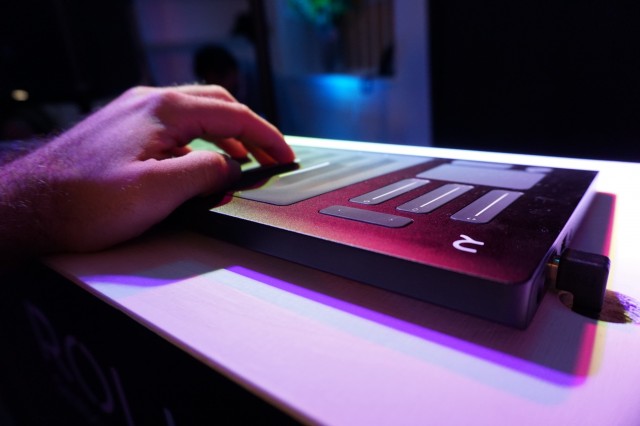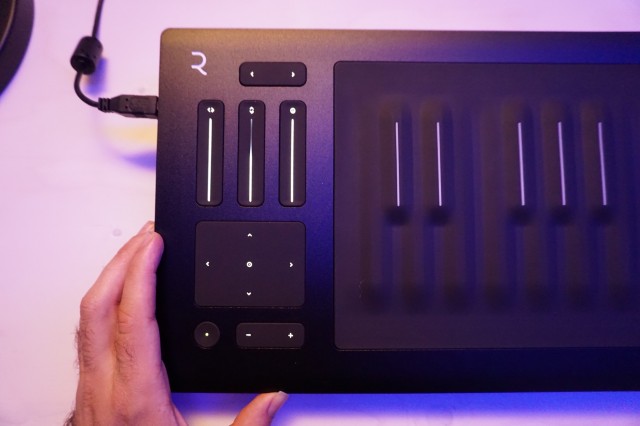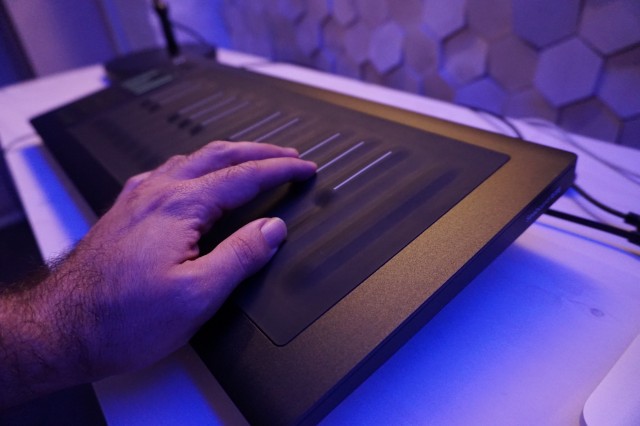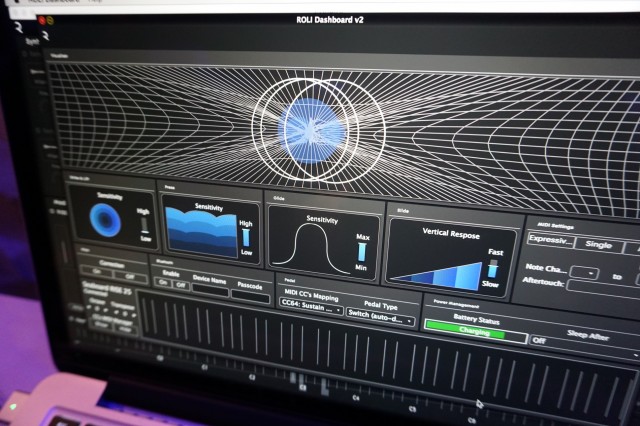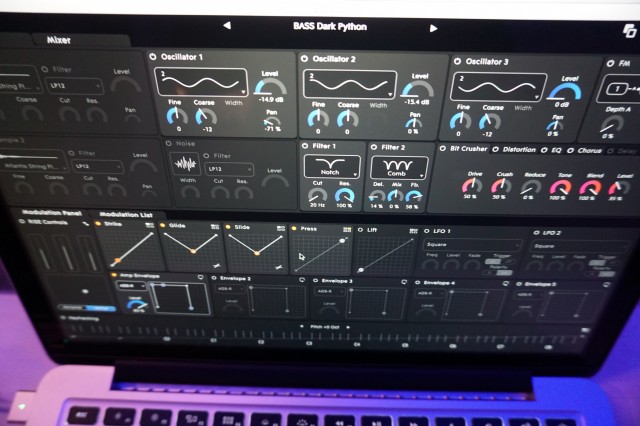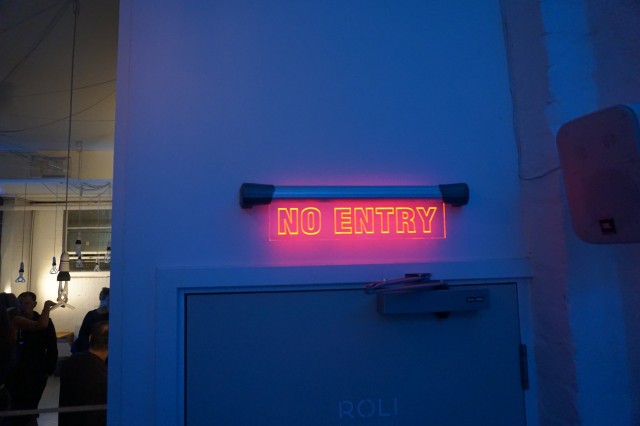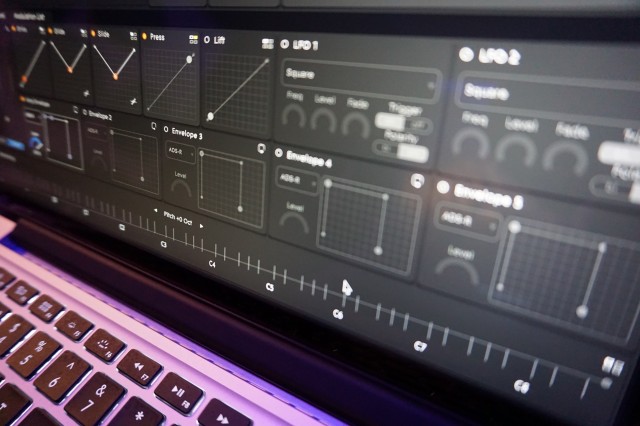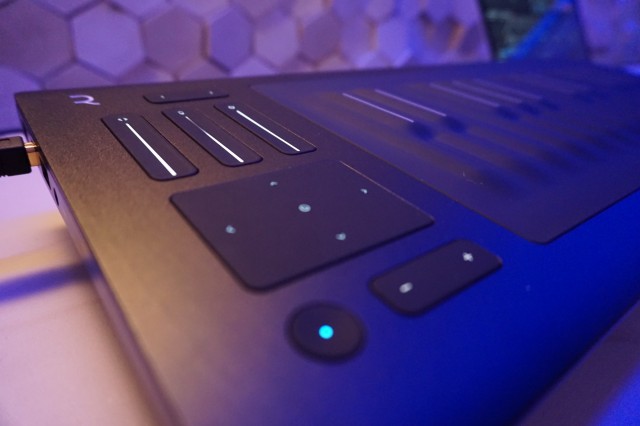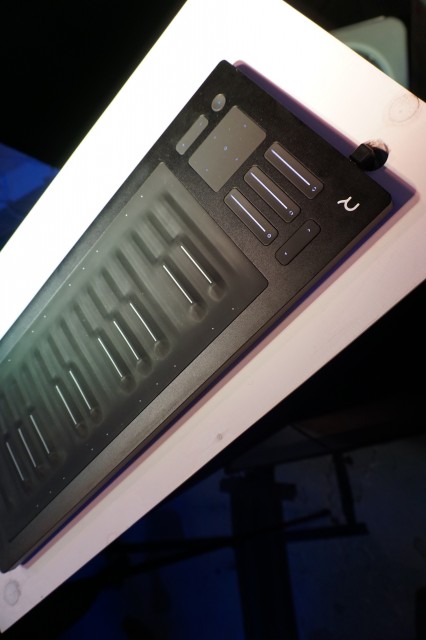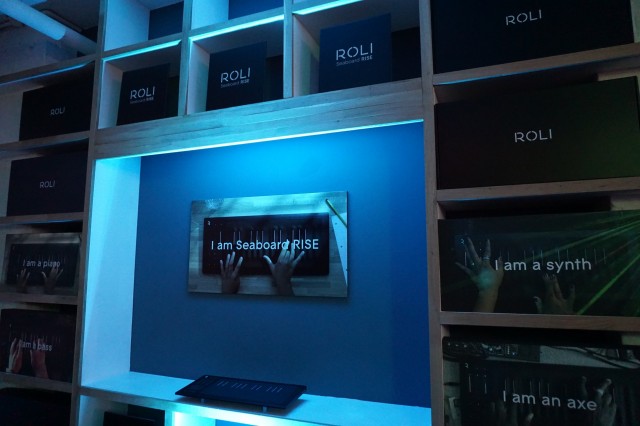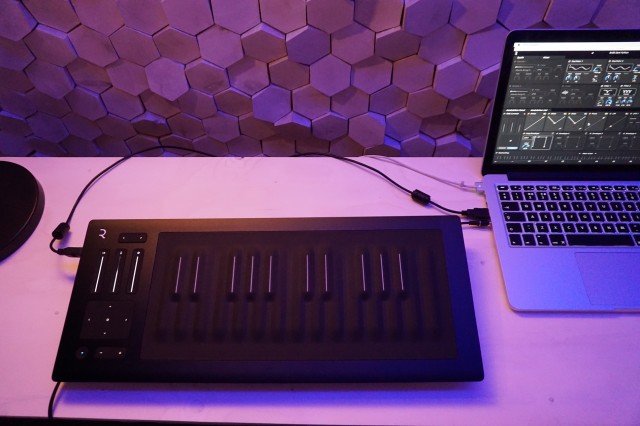We are all slaves to the piano. Two or three centuries after the instrument rose to dominance, and well over a half century after it became intertwined with the synthesizer (hello Minimoog!), it’s still something of a challenge to work out some alternative.
And I love the piano. One of my great frustrations with some advocates of expressive new interfaces is their disregard for my favorite instrument. But let’s look at it this way: we’ve got beef. Beef is fantastic. We still really ought to have some chicken, some duck, and some vegan options.
The formula for solving this in electronic instruments we’ve seen many times over before: rare, expensive, and … well, weird. UK maker ROLI was unique in the pitch of its rhetoric (and the apparent influx of funding), but its product proposition still seemed geared for those with deep pockets and long beards. Got two grand burning a hole in your pocket and an empty corner calling out from your studio? Have a love of Posturepedic mattresses and polyphonic pitch bend? Have I got the product for you!
But hold on a second. Today in London, ROLI is a step closer to a futuristic keyboard for the masses. The product still requires an appetite to go beyond existing interfaces (like keyboards), and it’s not yet an impulse buy. But it’s starting to look more accessible: not just smaller, not just cheaper, but also genuinely more useful to a range of musicians – and not just ones who want to play hyperactive solos on a waterbed.
And I’m here in hip Dalston to check it out. Time for some CDM gallery and hands-on.
The ROLI Seaboard RISE differs from past ROLI efforts – and rivals – in several important ways.
It’s cheaper. US$799 means this isn’t out of range of budget as a controller. It’s easy to drop that much on a keyboard (and a direct comparison of number of keys clearly isn’t relevant here).
It’s adaptable. A new array of faders on the front panel let you adjust (or disable) sensitivity across parameters like pitch. So, if you’re finding you can’t hold intonation on your solo, for instance, you can adjust the instrument based on context.
It gives you tangible control of sounds, with more expression. There are now several axes for expressive control. Applying more pressure can change the sound, as can wiggling your fingers around between pitches – as on the Seaboard before, as well as other controllers like the Continuum. But now you can also run your fingers on the vertical axes, perpendicular to the keyboard, and adjust controls that way. It’s nicely sensitive – enough so that you can flick your fingers along the keys for added expression, or gently shift your hands into a different color. And you can augment that with other assignable controls next to the keyboard.
It’s not quite as weird to play. The amount of pressure you need to push into the keyboard is reduced – less of that sponge-y, waterbed feeling. The keys are slightly flattened on the top, so you don’t feel like your piano was imported from some other planet (and you can find pitch more easily). The texture is different. It’s slippery in some sense, so you don’t get your fingers stuck while trying to use it as a continuous, ribbon controller or using this new vertical access. But it’s also a bit grippy in the right way, so you don’t feel like your fingers can’t get comfortable.
Don’t get me wrong: it’s still kind of weird. (Hey, I grew up with a piano.) And you might very well still decide you don’t like it – I haven’t made up my mind. But while I think it’ll still feel like a Seaboard to people who like Seaboards, I think it might interest people who would have dismissed the feeling right away. ROLI talks about this in terms of “accessibility,” but speaking as a non-average person, I think it might actually prove simply to be better than what they did before.
After all, weird is great. That’s why we’re musicians. And the entire history of instruments is a history of weird. It just has to be good weird.
It works with lots of stuff, thanks to MIDI. USB – check. But you’ve also got Bluetooth MIDI (for operating systems that support it, like OS X, iOS, or with some work, other tools). And a quick look at the ROLI Dashboard shows everything is assignable. For “Expressive MIDI” (MPE), tools like Cubase, Bitwig Studio, Apple Logic (hello, Sculpture), and other instruments will allow per-note expression – not just ROLI’s own synth. Most interesting: tools like Kompakt are being adapted via scripting, which could make complex sound libraries finally playable in ways that they weren’t with conventional MIDI assignments and controllers.
The “Dashboard” software affords a whole bunch of customization. To be honest, it excites me more than the bundled Equator synth – but that’s because I am (cough) already a synth manufacturer and (erm, not good, but passionate) software builder.
And yes, there’s a synth to get you started. ROLI’s own synth still works out of the box, even if the RISE doesn’t include internal sounds. But… hey, you own a computer, right? And that means you know if the custom assignment doesn’t work for you, you’ll still have something to
play.
I’ve had a hands-on with the Seaboard RISE. I’ll be honest – I was surprised. The compact size and weight, and the added versatility of these additional controllers and the y-axis moves me, frankly, from completely disinterested to very interested. I’ve always felt computer instruments were capable of beautiful sounds that I could never quite get under my fingertips. For creative sound designers – working with things like physical modeling, unique Reaktor and Pd and Max patches – this has some potential. And I think the product is now at the point that it’s worth reviewing.
And the competition at this point is, well, really nothing. There’s nothing under $1000 that does this kind of expression. The Linnstrument and Madrona Labs devices are compelling, but they have a completely different paradigm (one grid, one undifferentiated X/Y plane) and they’re more expensive.
Specs:
Seaboard RISE 25 Features
Seamless hardware-software integration
Beautifully crafted using premium materials
Sleek, intuitive design accessible to music-makers of all technical levels
Completely wireless with MIDI over Bluetooth
Bundled with Equator, the world’s first purpose-built, multi-dimensional software synthesiserSeaboard RISE 25 Technical specifications
25 Keywaves
505 mm x 210 mm x 22.9 mm / 2.8 kg
(19.88 in x 8.27 in x 0.9 in / 6.17 lbs)
Continuous pedal input (1/4″ jack)
USB B port (MIDI out and power)
USB A port (for charging peripherals)
18 W
Internal battery with 12-hour playability
Full MIDI compatibility over USB and BluetoothSystem Requirements
OS X 10.8+ / Windows 7+ / iOS 7+
Intel Core i5 2.5GHz or faster recommended
4 GB RAM minimum / 8 GB RAM recommended
2 GB available disk space for Equator installation
USB 2.0+ port for USB compatibility
